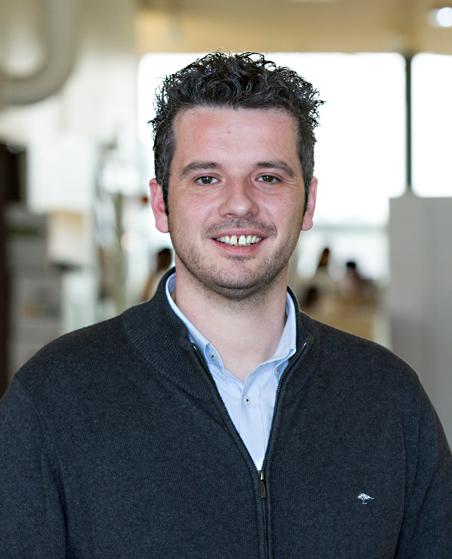Hello there Konstantinos Karagiorgos, new postdoc at CCS!
2019-02-27What does your research aim for?
- My main aim is to contribute to the description, prediction, and understanding of natural hazard phenomena, based on observations and empirical evidence.
Konstantinos research interests focus on hydrology analyses, hydraulic simulations, vulnerability assessments, exposure analyses and catastrophe modelling. His goal is to build upon the past record and move on to effectively link our growing knowledge of hazard, vulnerability and risk in a strategic holistic risk management plan.
Why did you apply for a postdoc position at CCS?
- When I saw the vacant position, I felt it was the perfect step for my career. In the project, Karlstad University will co-produce research in close collaboration with the private and public sector. The resulting research will give us insight into the needs and conditions of businesses but also social benefits. Along this line, working in this project, I feel it would allow me to continue to use and develop my modeling skills and ideas to create more sustainable products and solutions with respect to natural hazards.
What did you do before?
- I grew up in Greece. I took my undergraduate and masters at Democritus University of Thrace in Greece, and my PhD studies at the University of Natural Resources and Life Sciences (Universität für Bodenkultur) in Vienna, Austria. My thesis, entitled “Vulnerability to Flash Floods”, assessed different vulnerability approaches in an integrated concept to support a transition from traditional flood control approaches to modern flood risk management techniques.
What do you hope to do during these years?
- I will stay at Karlstad University for the next two years. My research is focusing on risk and environmental studies with specialization in catastrophe modelling. My position is part of the research project Swedish Pluvial Modelling Analysis and Safety Handling (SPLASH). I will be part of a group of researchers and experts from Karlstad University’s Centre for Climate and Safety, Jönköping municipality, the Swedish Fire Protection Association (Brandskyddsföreningen), Länsförsäkringar Alliance and the reinsurance broker JLT Re.
Our main aim is to develop a catastrophe model for risks connected to heavy precipitation including components describing hazard, exposure and vulnerability, as well as the costs connected to these. The project is using Jönköping as a case study. I hope for successful implementation of the project and solutions in the private and public sector to help with challenging problems like floods.


